The Bahá’í Faith is a monotheistic religion that originated in 19th-century Persia, now Iran. With a message of unity and peace, it has followers worldwide. One of the significant aspects of the Bahá’í Faith is the construction of magnificent temples around the world. These temples, known as Bahá’í Houses of Worship, serve as places of prayer, meditation, and community gathering. In this article, we will explore seven major Bahá’í Temples around the world, highlighting their architectural beauty, significance, and cultural impact.
1. Introduction
The Bahá’í Faith, founded by Bahá’u’lláh in the mid-19th century, emphasizes the spiritual unity of all humankind. It promotes the principles of oneness, equality, and harmony among people of different races, religions, and backgrounds. Bahá’ís believe that the teachings of Bahá’u’lláh provide guidance for creating a peaceful and just global society.
2. The Bahá’í Faith
Before diving into the details of Bahá’í Temples, let’s briefly explore the core beliefs of the Bahá’í Faith. Bahá’ís believe in the existence of a single, unknowable God who has progressively revealed His will to humanity through a series of messengers, including Abraham, Moses, Buddha, Jesus, Muhammad, and Bahá’u’lláh. They believe in the essential unity of all religions and that each messenger has brought a specific message suitable for their time and culture.
3. Importance of Bahá’í Temples
Bahá’í Temples hold a significant place in the religious and cultural life of Bahá’ís. These temples are not used for worship in the traditional sense but rather as spaces for prayer, reflection, and communal activities. They serve as spiritual hubs where individuals of all backgrounds can gather and connect with their inner selves and with others. Bahá’í Temples symbolize the unity of humanity and the harmony between religion and science.
4. Bahá’í Temple in Wilmette, Illinois
The Bahá’í Temple in Wilmette, Illinois, is one of the oldest surviving Bahá’í Temples and holds great historical importance. Its construction began in 1921 and was completed in 1953. The temple stands as a majestic structure with its nine-sided design symbolizing the unity of the world’s major religions. Its intricate ornamentation and serene atmosphere make it a popular destination for visitors of all faiths.
5. Bahá’í Temple in Delhi, India
The Bahá’í Temple in Delhi, India, also known as the Lotus Temple, is an architectural marvel and one of the most visited Bahá’í Temples. Its lotus-inspired design, consisting of 27 marble petals, is a visual delight. Completed in 1986, the temple welcomes people of all faiths to experience its tranquil ambiance and engage in silent prayer or meditation.
6. Bahá’í Temple in Sydney, Australia
Located in the suburbs of Sydney, Australia, the Bahá’í Temple showcases a unique blend of modern and traditional architectural elements. Its pristine white structure stands on a hilltop overlooking the city. Opened in 1961, the temple provides a peaceful environment for contemplation and spiritual connection.
7. Bahá’í Temple in Santiago, Chile
The Bahá’í Temple in Santiago, Chile, also referred to as the “Temple of Light,” is renowned for its stunning design and energy-efficient features. Constructed from translucent marble and surrounded by gardens, the temple offers a serene atmosphere for personal reflection and collective worship. It was inaugurated in 2016 and has become a prominent landmark in the city.
8. Bahá’í Temple in Kampala, Uganda
In the heart of Africa, the Bahá’í Temple in Kampala, Uganda, stands as a testament to the diverse cultural influences within the Bahá’í Faith. The temple’s architectural style blends traditional African motifs with contemporary design. Completed in 1962, it has become an integral part of the local community, hosting various educational and social activities.
9. Bahá’í Temple in Frankfurt, Germany
The Bahá’í Temple in Frankfurt, Germany, represents a fusion of architectural styles, combining elements of both Eastern and Western traditions. Its construction was completed in 1964, and its distinctive design has drawn visitors from all over the world. The temple offers a serene environment for introspection and spiritual rejuvenation.
10. Bahá’í Temple in Panama City, Panama
The Bahá’í Temple in Panama City, Panama, is a relatively new addition to the list of Bahá’í Temples. It was opened in 1972 and has since become a prominent landmark in the city. The temple’s striking dome and beautiful gardens attract visitors seeking solace and inspiration.
11. Conclusion
Bahá’í Temples represent not only architectural marvels but also symbols of unity, peace, and the integration of diverse cultures. These seven major Bahá’í Temples, spread across different continents, offer spaces for spiritual reflection and foster an appreciation for the rich tapestry of humanity. Whether through their unique designs or the sense of tranquility they provide, Bahá’í Temples continue to inspire and uplift individuals from all walks of life.
12. FAQs
FAQ 1: Are Bahá’í Temples open to the public? Yes, Bahá’í Temples are open to the public, welcoming people of all backgrounds and beliefs. They are intended to serve as spaces for prayer, meditation, and communal activities.
FAQ 2: How long does it take to build a Bahá’í Temple? The construction time for a Bahá’í Temple varies depending on factors such as location, design complexity, and available resources. It can take several years to complete a temple.
FAQ 3: Are there any rituals or ceremonies in Bahá’í Temples? Bahá’í Temples do not host rituals or ceremonies in the traditional sense. They provide spaces for individual prayer, meditation, and reflection. Some temples may hold devotional gatherings or events focused on spiritual upliftment.
FAQ 4: Can people of different religions visit Bahá’í Temples? Yes, people of all religions are welcome to visit Bahá’í Temples. These sacred spaces are open to anyone seeking a peaceful environment for personal reflection and spiritual connection.
FAQ 5: What is the architectural style of Bahá’í Temples? Bahá’í Temples exhibit diverse architectural styles, reflecting the cultural and artistic influences of the regions in which they are built. They often incorporate elements of local traditions while embodying the principles of unity and harmony.




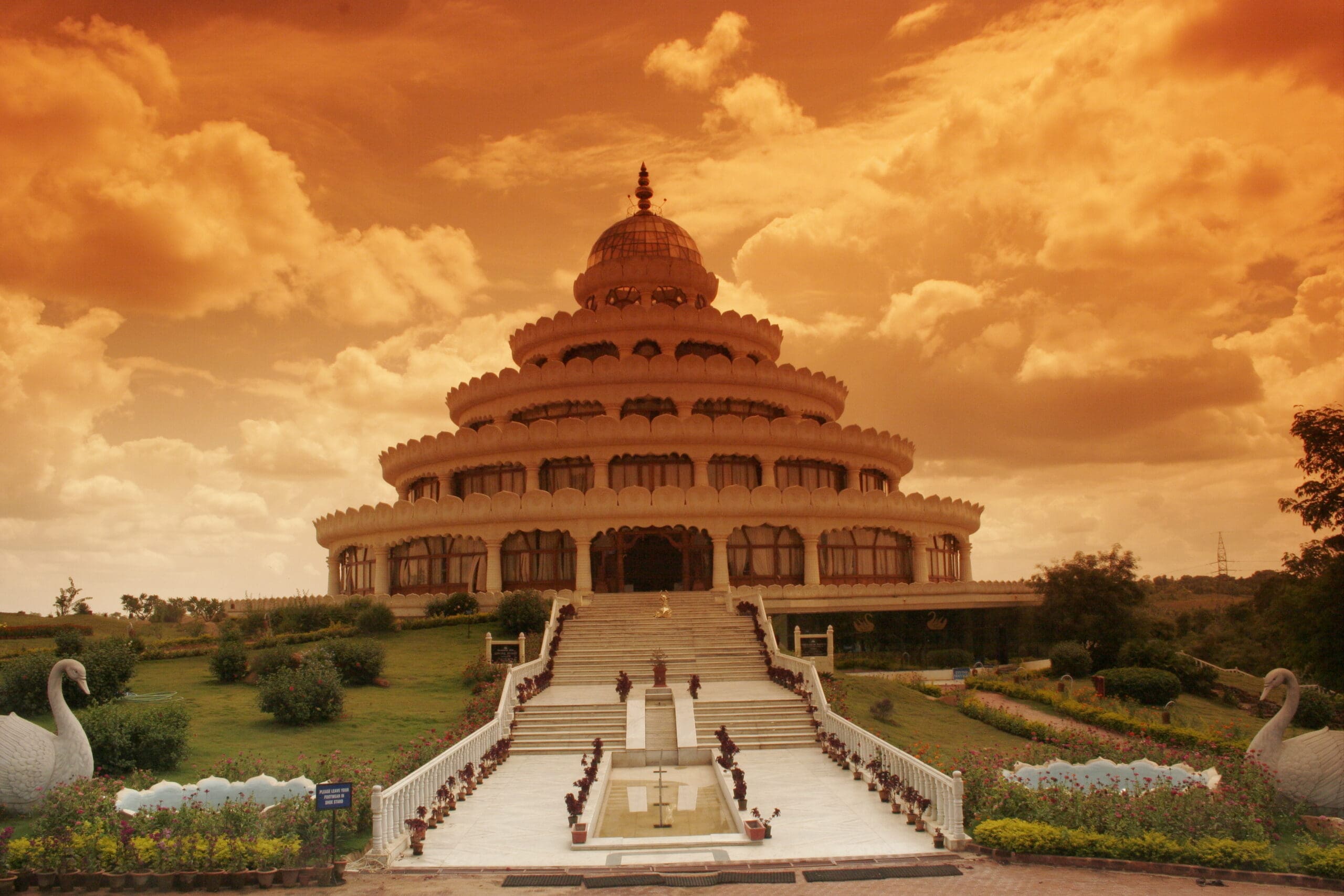


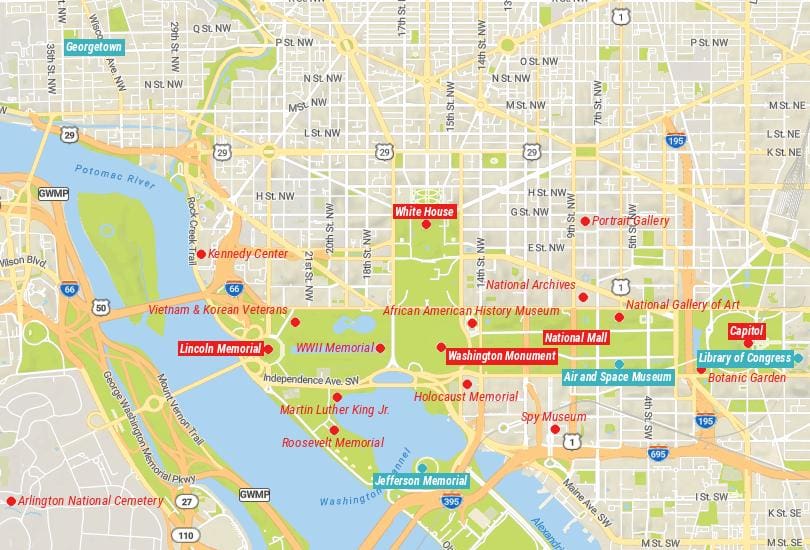


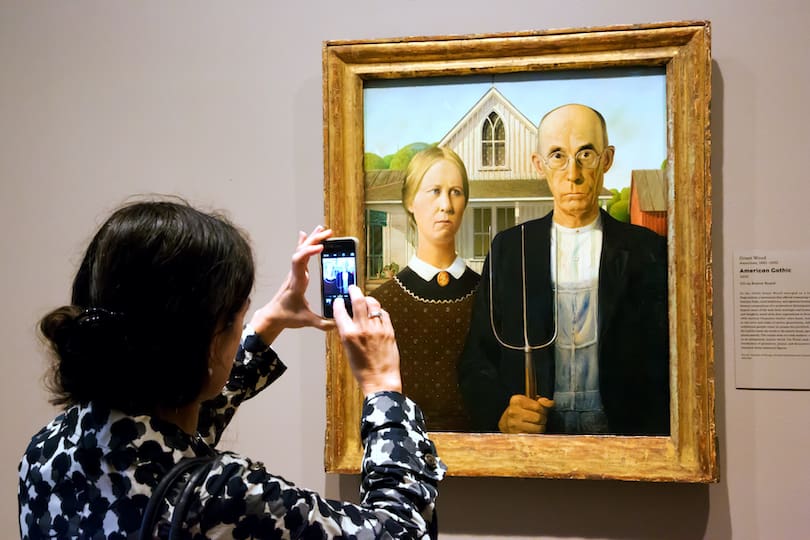


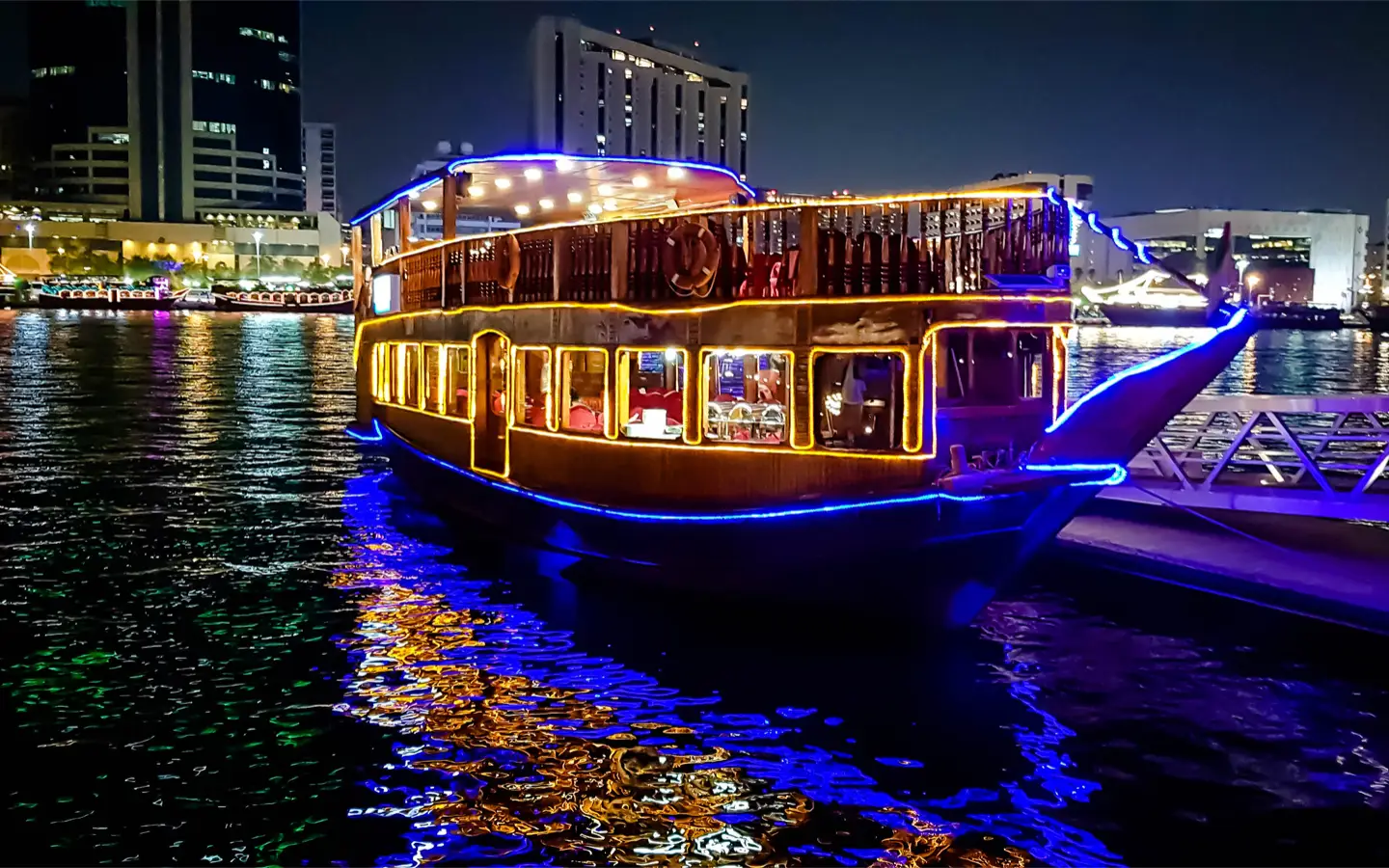

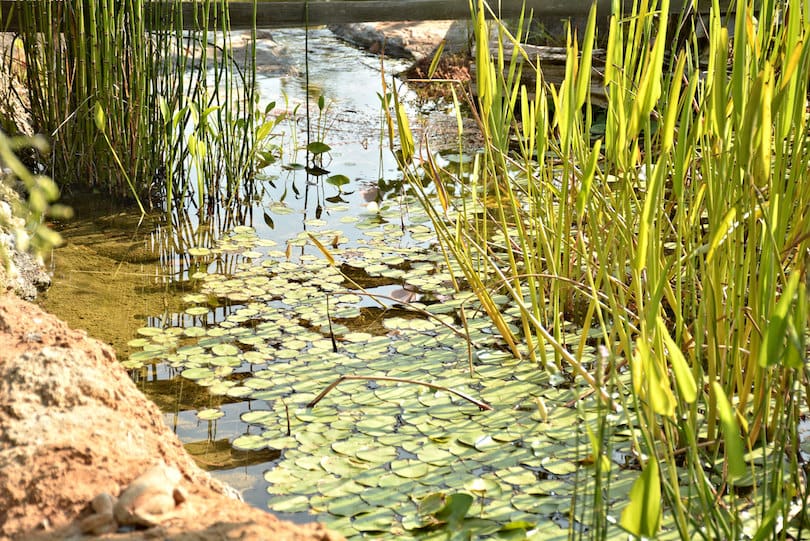
What¦s Happening i’m new to this, I stumbled upon this I have found It absolutely helpful and it has aided me out loads. I hope to give a contribution & help other customers like its helped me. Good job.